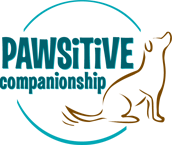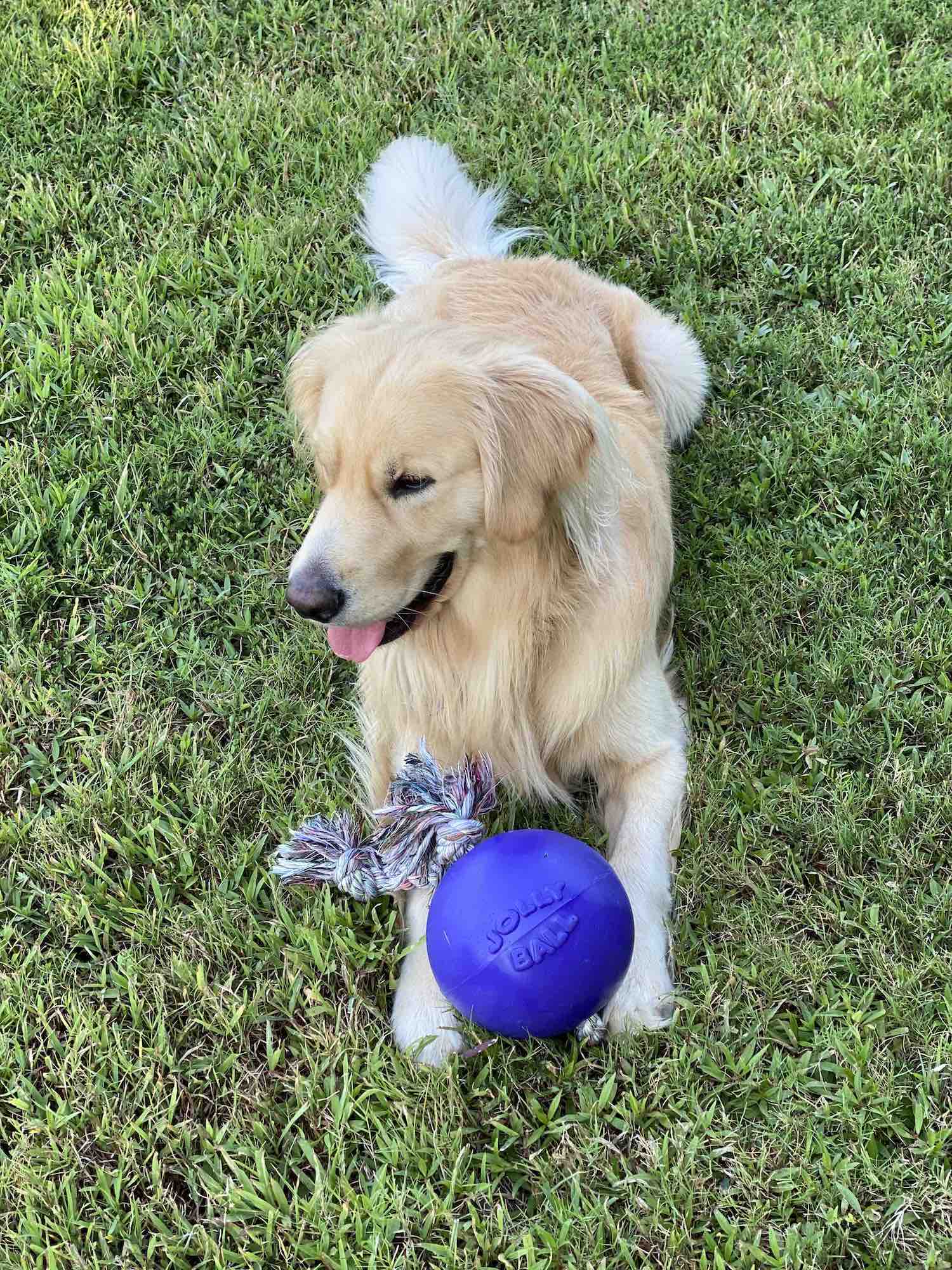Dog trainers frequently suggest enrichment for their clients’ dogs. A well-rounded life, full of activities that allow the dog to engage in species typical behaviors, such as smelling, chewing, scavenging, chasing, and playing, leads to a healthy and happy dog. This is what enrichment entails – providing our dogs with activities they enjoy and allow them to be dogs.
There are many forms of enrichment:
Food/Treat delivery toys and food/treat puzzles
These toys and puzzles are designed to be interactive. Our dogs must use their nose and their brain to figure out how to get the food or treats out of the toy or puzzle. With some toys, the food scatters, often leading to our dogs using their nose to find the food. The benefits for our dogs include scavenging for food and using their noses. There are many types of these toys, including the Kong, the West Paw toppl, the Kong Wobbler, the IQ treat ball, Nina Ottosson puzzle toys, and Zanies puzzle toys. Need ideas on how to stuff a Kong or toppl, check out my video demonstrating how I do it for Hygge: https://www.youtube.com/watch?v=221551Rllaw.
Anyone can make a food delivery toy. If you have a muffin tin, you can place food or treats into the various cups and fill all with tennis balls. A closed egg carton with food inside creates a puzzle for dogs. One of Hygge’s favorites when he was a puppy was a box top filled with plastic balls. I loaded the box with his kibble, and he had to hunt around the balls to find his food. A client made a great toy for their dog. They used an empty plastic pickle jar, cut holes in it, and added their dog’s kibble. To increase the difficulty, they put toilet paper rolls inside the jar. It proved to be a great interactive toy for their dog.
With any toy, assess for damage and if using cardboard, egg cartons, or boxes, supervise your dog. It is best they do not eat the material in which their food is hidden.
Toys
There is no end to what can be used as a toy for our dogs. The variety includes: squeaky toys, tug toys, plastic water bottles, West Paw toys – hurley, zwig, jive to name a few, balls, frisbees, flirt poles, Tuffy toys, and on and on and on. The benefits for our dogs include playing, chasing, and chewing. Hygge’s favorites have included the Jolly ball, the Tuffy pig, the West Paw zwig and a vinyl pig that oinks. Wonder if his nickname “Hygge Pig” has led him to love pigs…
Over time toys break or are destuffed. Assess your dog’s toys for cracks or any other damage. If your dog eats the stuffing of squeaky toys, it is best to avoid giving them these types of toys.
Physical activity
Everyone knows that a walk is great for our dogs. It is not the walk that is so wonderful for them, though. It is the chance to smell. I cannot recall who coined the term, but it is perfect for what we do when we walk with our dogs – we take them on a sniffari! Humans view the world with our eyes. Dogs view the world through their noses. What better way to allow them to enjoy the walk then to let them sniff to their hearts’, or noses’ content. Next time you take your dog for a walk, don’t be in such a hurry to move them along. They will be tired and content when they get home after smelling all the ‘peemail’!
For those that enjoy jogging or running, your dog can too. Be sure to check with your vet before you take your dog on a run.
Fetch and frisbee are also great ways to provide physical activities for our dogs. Fetch can be played outside and, if you have stairs, inside too. Frisbee is best suited for outside. Some dogs naturally take to playing fetch or frisbee and in no time these dogs learn to fetch and to catch frisbees, including giving up the ball or frisbee for another throw.
Some dogs enjoy digging. If your dog digs in the yard in various places, you might consider setting up an area specific for digging. A child’s small wading pool sunk into the ground makes a perfect digging area. Simply add holes in the bottom of the pool, line the pool with mesh to prevent the sand or dirt from flowing out the holes when it rains, and then fill it with sand or dirt containing toys or chewies. You will have to direct your dog to their digging area in the beginning until they get the idea that treasure can be found there.
A favorite physical activity at our home is the flirt pole. Hygge loved it from the first time he was introduced to it as a puppy. Now we regularly play, even if it is only for 5-10 minutes in the Memphis heat. Not only is it physical play for him, but the game allows me to utilize behaviors he knows as well as work on ones he is learning. Once he gets the tug toy at the end of the line, I can ask him to sit, drop, and wait before the game begins again. Check out this video of Hygge and I playing with the flirt pole: https://www.youtube.com/watch?v=od2tSeu0aP4.
The benefits of physical activities are playing, chasing objects, smelling, and digging, all species typical behaviors. Those activities we do with our dogs also strengthen our relationship with them. Who doesn’t love mutually enjoyable activities with their dogs!
If you have an active dog, regular vet visits assessing your dog’s overall physical well-being is essential.
Training
We often forget that training is mentally stimulating. Our dogs are learning, using their brains as they think through what we are asking them to do, or how to solve a training problem, as we do in Nose Work for example. Training can take several forms, from basic manners, focus work, agility, scent work, searching, dock diving, freestyle, and so on. Practicing behaviors and routines with our dogs provides them with mental enrichment. And if we set up learning to be fun, it is a win-win for us and our dogs. The benefits of training go beyond species typical behaviors. Our dogs go places with us. They compete in trials. They find missing people. They help people in need. Most of what we train them to do is done with us, again strengthening our bond and relationship with them.
Hygge is currently enjoying a scent class. He uses his nose to find odor and is reinforced for doing so with yummy treats. We are both having fun as we continue to progress and maybe one day compete in Nose Work trials.
When can we begin using enrichment with our dogs? The moment they come into our lives, regardless of how young or how old. All dogs, from puppies to seniors, enjoy enrichment, though the type may be different depending on their age. Here is a video of several enrichment ideas I used when Hygge was a puppy: https://www.youtube.com/watch?v=NYUT29lTw18.
Allowing our dogs to engage in species typical behaviors, we provide ways for them to be physically, emotionally, and mentally satisfied. If we do not give them activities to engage in, they find ways to occupy their time, often leading to undesirable behavior. It is best for our dogs and for us if we provide them with appropriate outlets for their energy, and their physical and mental needs.

